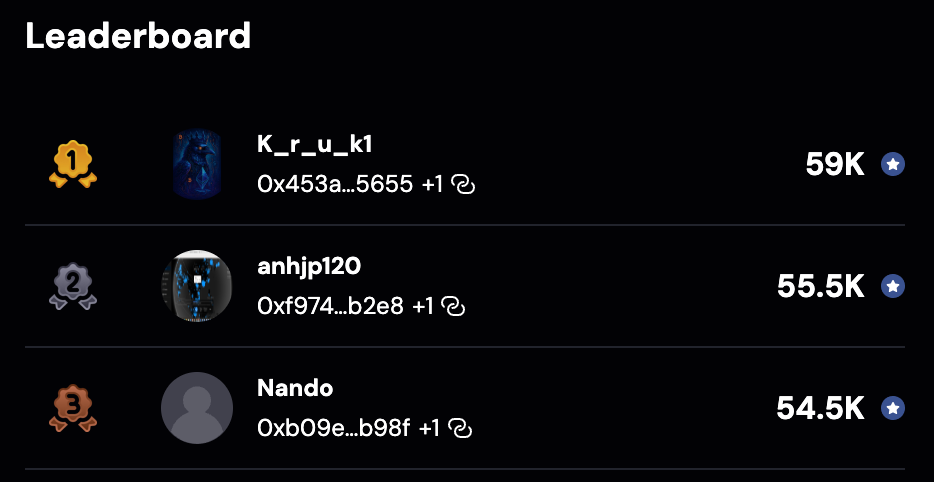Why Verifiability and Revenue Will Define the Next Era of Blockchain
In a recent interview with crypto commentator Aaron Bennett, Nexus founder and CEO Daniel Marin discussed the technical vision, architectural

In this Changelog issue we cover how we’ve made proving more intelligent and rewarding, alongside a new educational track for contributors. Network-level stats have also been updated to reflect throughput gains as we continue to scale capacity across testnets.
At the protocol level, updates to Layer 1 and the CLI introduce adaptive proving difficulty — a dynamic system that automatically promotes well-performing nodes to more challenging and higher-reward tasks.
Meanwhile, Nexus OS rolled out a new Quests site that offers multiple on-ramps to learning, earning, and contributing. On the network stats front, we’ve introduced a new throughput display to help track verifiable compute growth, which has increased by over 25,000,000% in the past year.
In parallel, work continues on the zkVM’s constraint system and core proving architecture, with improvements focused on modularity and efficiency.
A major update this cycle is the launch of an intelligent auto-promotion system for CLI proving. Tasks are now divided into six levels of difficulty, and the CLI will automatically advance users to more efficient task types based on performance.
This ensures that nodes complete tasks within a given deadline all while progressively unlocking greater rewards for higher performance.
For users with specific hardware constraints, the --max-difficulty flag still allows for manual control over proving complexity.
Highlights:

This cycle marks the debut of Proving Quests, a new initiative designed to onboard, educate, and reward new contributors. Quests include both technical challenges and learning-focused missions, allowing users to earn points by proving, exploring, and contributing to the ecosystem.
In addition, the network stats interface has been updated to display verifiable throughput — a system-wide metric for the amount of computation proved across the network. This view supports comparison across testnets and shows just how quickly Nexus is scaling: over the past 12 months, throughput has increased by more than 25 million percent.
Highlights:

The zkVM team continues its deep work on the underlying architecture. The focus this cycle has been on the constraints framework — which governs how programs are translated into provable circuits — and on routine reliability improvements across the VM core and tooling stack.
Recent changes:
With adaptive proving, educational quests, and growing visibility into network performance, the Nexus stack is becoming more capable, accessible, and scalable. These changes reflect our long-term vision: to make verifiable compute not only possible, but practical — for everyone.
To follow along or get involved, explore Nexus Docs and the Nexus GitHub.